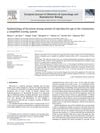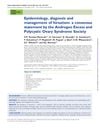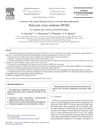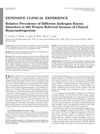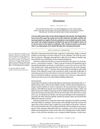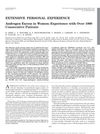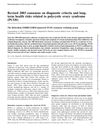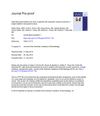Female Hyperandrogenism
November 2013
in “
Presse Medicale
”
hyperandrogenism hirsutism acne alopecia menstrual irregularities virilization Polycystic Ovary Syndrome PCOS androgens testosterone 17-hydroxyprogesterone Rotterdam criteria adrenal disorders ovarian tumors anti-androgens cyproterone acetate hair loss excessive hair growth hair thinning irregular periods male-like features
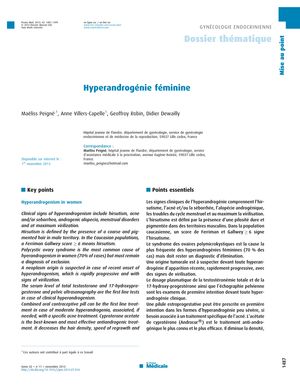
TLDR The document concludes that managing female hyperandrogenism requires a combination of identifying the cause, lifestyle changes, medication, and cosmetic treatments.
The 2013 document outlines the clinical features, diagnosis, and treatment of female hyperandrogenism, a condition marked by excessive androgen levels leading to symptoms like hirsutism, acne, alopecia, menstrual irregularities, and virilization. Polycystic Ovary Syndrome (PCOS) is identified as the most prevalent cause, accounting for 70% of cases. Diagnosis involves assessing clinical signs, measuring serum levels of total testosterone and 17-hydroxyprogesterone, and using imaging techniques to exclude tumoral causes. The document highlights the use of the Rotterdam criteria for diagnosing PCOS and notes that hyperandrogenism can also stem from adrenal disorders, ovarian tumors, and other conditions. Treatment strategies include long-term management with anti-androgens such as cyproterone acetate, particularly effective for severe hirsutism, alongside lifestyle and dietary interventions for overweight patients. Cosmetic treatments are also necessary to manage existing hair growth. The document emphasizes the importance of a comprehensive approach to treatment, combining etiological, lifestyle, cosmetic, and medical therapies.
